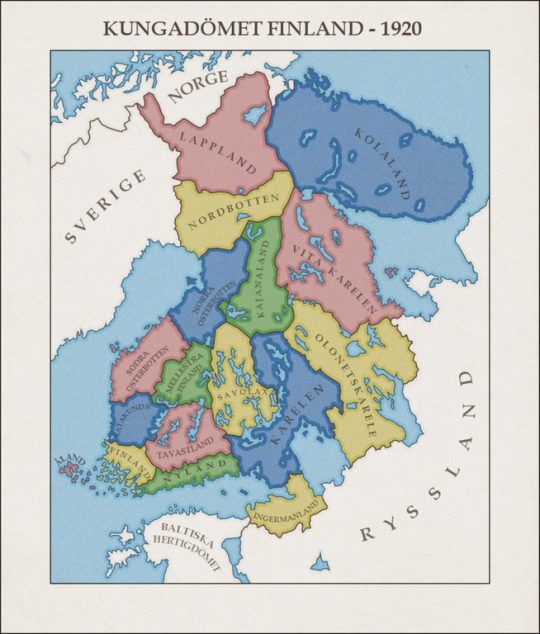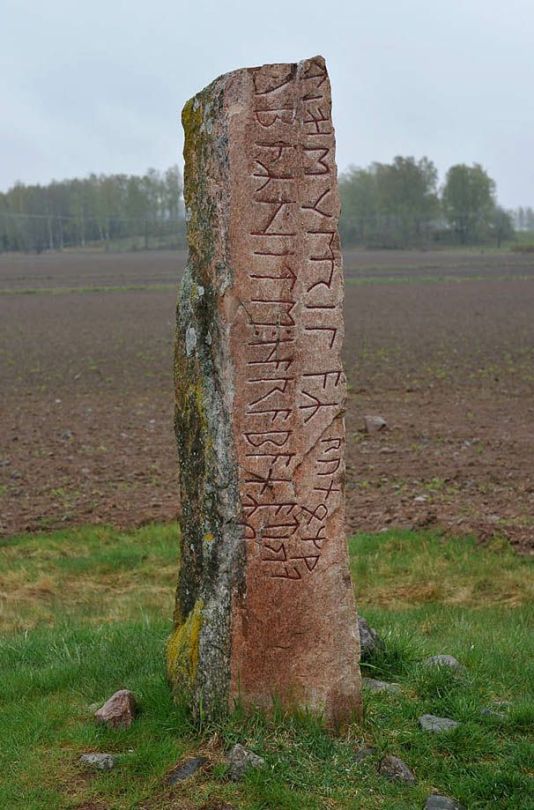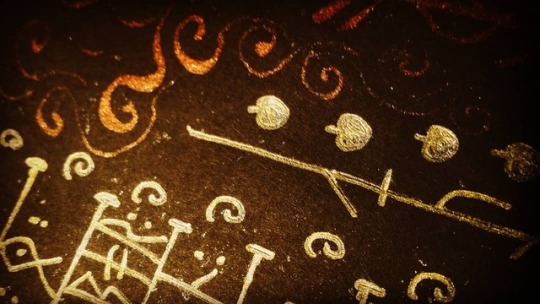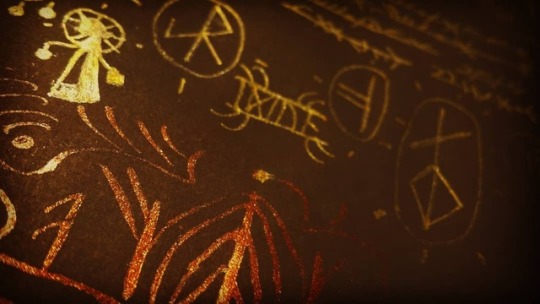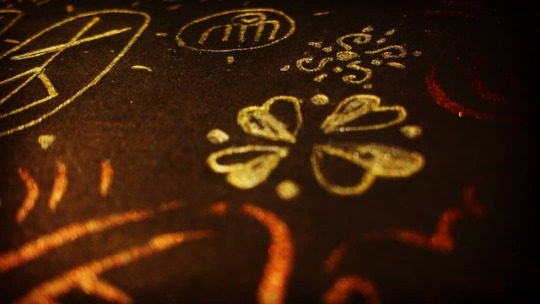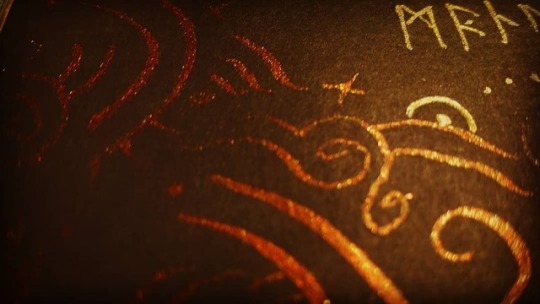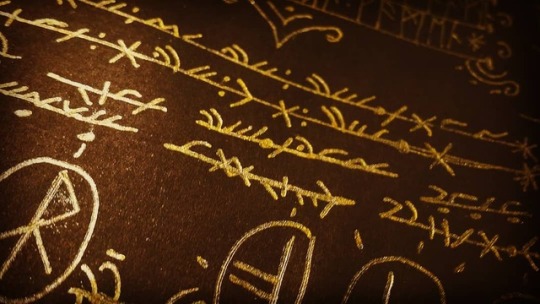Photo
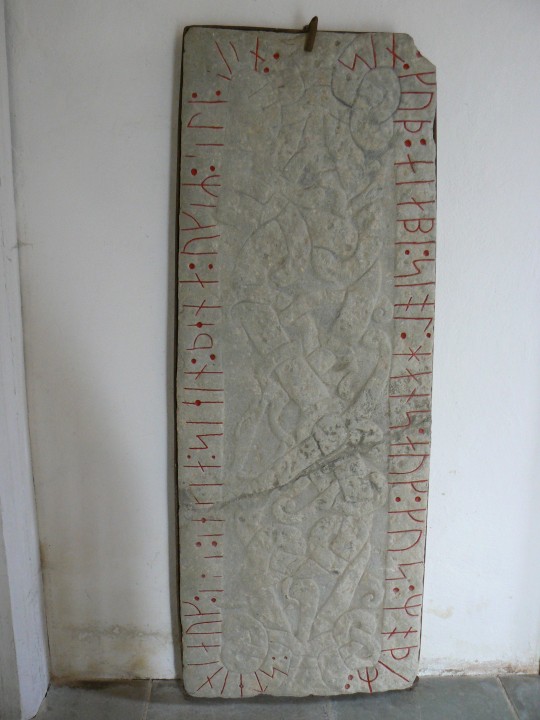
Runestone nr 213. Sweden, Östergötland, Linköping, Västerlösa.
The grave lid is decorated with runes as well what may be animal ornamentations. According to linguist Erik Brate, the material is gray granite but have later be determent to be limestone. It was found in 1729 when a graveyard was opened on the Church lands.
Unknown when the runes were to be made but may be late viking age 9000 - 1100 A.D.
Original:
ᛋᛏᚽᛁᚾᛚᛅᚢᚴ ᛬ ᛚᚽᛏ ᛬ ᛚᚽᚴᛁᛅ ᛬ ᛋᛏᚽᛁᚾ ᛬ ᚦᚽᚾᛅ ᛬ ᚢᚠᛁᚱ ᛬ (ᛅ)(ᛚ)ᚢᛁ ᛬ ᛋᚢᚾ ᛬ ᛋᛁᚾ ᛬ ᚴᚢᚦ ᛬ ᚼᛁᛅᛒᛁ ᛬ ᛋᛁᚬᛚ ᛬ ᚼᛅᚾᛋ ᛬ ᛅᚢᚴ ᛬ ᚴᚢᛋ ᛬ ᛘᚬᚦᛁᛦ
Old norse in latin letters:
steinlauk : let : lekia : stein : þena : ufiR : (a)(l)ui : sun : sin : kuþ : hiabi : siol : hans : auk : kus : moþiR
English translation:
“Stenlög had this stone laid over Alver, his son. God help his soul and mother of God”
#learn old norse#Old Norse Studies#Old Norse#runes#Runic writing#runic language#archaeology#history#sweden#sverige#swedish history#svensk historia#svensk kultur#culture#svensk#swedish#swedish culture#erik brate#östergötland#linköping#västerlösa#runestone#runestones#linguistics#launguage#launguage studies#grave#graves#toomb#toombs
80 notes
·
View notes
Text

Oh my gods I can't belive so many people care to know more old norse?!
I'm so sorry for not posting a lot, been working part time at a fast food place while doing my history studies and trying to get in to archeology school here in Sweden at the same time I trie to finish the book I'm writing.
But I will trie to make more posts and short classes and translations of old norse and runes.
❤
13 notes
·
View notes
Photo

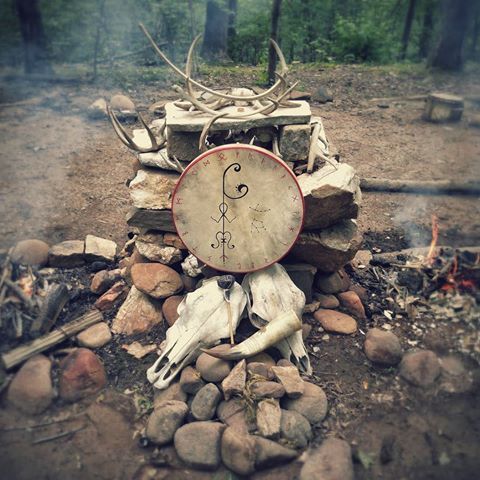
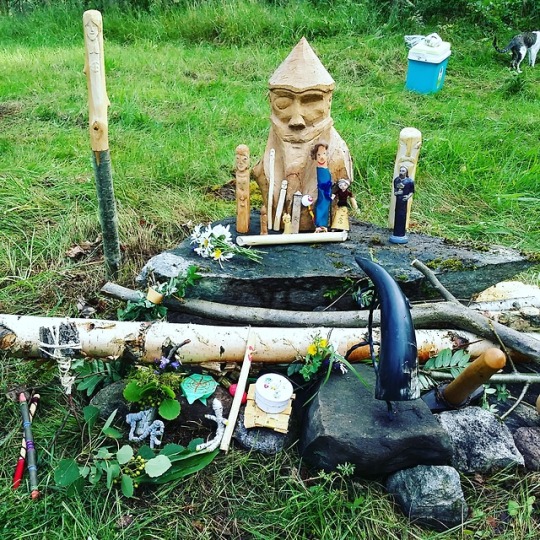

Horg
“þeir er hǫrg ok hof hátimbroðo”
“Shrines and temples they timbered high”
- Völuspá
A horg (Old Norse “hǫrgr”) is a sacrificial site or a form of altar in pre-Christian times in the Nordic countries and which roughly refers to a "stone pile".
In the poem Hyndluljóð, the goddess Frøya (Freyja) speaks favorably of Ottar (Óttar) for having worshiped her so faithfully by using a horg. Frøya details that the horg is constructed of a heap of stones and that Ottar often reddened these stones with sacrificial blood in dedication to her. Snorre Sturlason states that the horg is used in the veneration of the Åsynjene (female gods).
In the poem Vafþrúðnismál, it is also stated that many a horg and hov were dedicated to Njord (Njörðr).
A horg is considered different to a hov (from the Old Norse hof), commonly called a “temple”. A rough simplification is that horg were for outdoor rituals and hov for indoors worship.
Many modern day heathens within Scandinavia continue to use a stone set as a focal point for rituals conducted outdoors to this day.
3K notes
·
View notes
Text
Havmal 10.
Old icelandic:
Byrði betriberr-at maðr brautu aten sé mannvit mikit;auði betraþykkir þat í ókunnum stað;slíkt er válaðs vera.
Danish:
"Bedre Byrde
bærer ej Mand paa Vej
end meget Mandevid.
Bedre end Formue
det tykkes paa fremmed Sted.
Det er den Fattiges Frelse."
Norwegian:
"Betre byrdi
du ber 'kje i bakken
enn mannavit mykje.
D'er betre enn gull
i framand gard;
vit er vesalmanns trøyst."
Swedish:
Bättre börda
man bär ej på vägen
än mycket mannavett.
På främmande ort
går det framför guld.
Slikt är den torftiges tillflykt."
English:
"Better burden
one does not carry on the road
than much wisdom
In a foreign place
it goes before gold.
Such is the refuge of the poor."
#old norse#learn old norse#learn-old-norse#Scandinavia#danish#swedish#Norwegian#norge#denmark#danmark#sverige#island#iceland#havmal#norse pagan#norse#norse paganism#norse heathen
129 notes
·
View notes
Text
Old norse words for beginners
Ek = I
Thu = you
Mi = My
Vel = well, good
Un = not
Gingu = go\walk
Ginga = Went\ walkt
Lif = life
Skogh = forest
Widu = Wood
Laguz = water
Stain = rock
That = that
Thaousi = thees, those
Er = are
Folkir = people
Okk = and
Ek er ( name ) fra ( place ) = I am ( name ) from ( place )
“Ek er Ludvig fra Neriki”
That er un vel = that is not good.
That er skogh Mi = thats My forest.
Thaousi er un stainir Mi = those are not My rocks.
Ek lif a ( Place ) = I live in ( place ).
3K notes
·
View notes
Photo
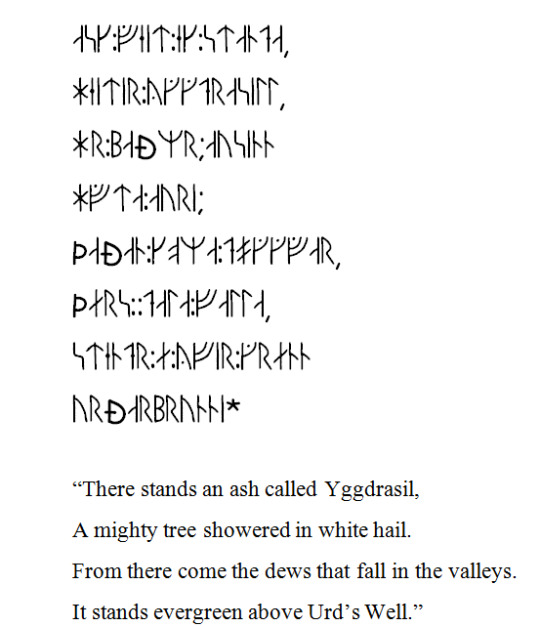
Ask:veit:ek:standa,
Heitir:Yggdrasill,
Hár:baðmr;ausinn
Hvíta:auri;
Þaðan:koma:döggvar,
Þærs:í:dala:falla,
Stendr:æ:yfir:grænn
Urðarbrunni*
Yggdrasil
Yggdrasil is attested in the Poetic Edda, compiled in the 13th century from earlier traditional sources, and the Prose Edda, written in the 13th century by Snorri Sturluson. In both sources, Yggdrasil is an immense ash tree that is center to the cosmos and considered very holy. The gods go to Yggdrasil daily to assemble at their things. The branches of Yggdrasil extend far into the heavens, and the tree is supported by three roots that extend far away into other locations; one to the well Urðarbrunnr in the heavens, one to the spring Hvergelmir, and another to the well Mímisbrunnr. Creatures live within Yggdrasil, including the dragon Níðhöggr, an unnamed eagle, and the stags Dáinn, Dvalinn, Duneyrr and Duraþrór.
Conflicting scholarly theories have been proposed about the etymology of the name Yggdrasill, the possibility that the tree is of another species than ash, its connection to the many sacred trees and groves in Germanic paganism and mythology, and the fate of Yggdrasil during the events of Ragnarök.
251 notes
·
View notes
Text
Not
To make an Old Norse statement negative, all you have to do is add eigi somewhere in the sentence.
Positive: I am evil. → Ek em illr.
Negative: I am not evil. → Ek em illr eigi.
You can place eigi pretty much wherever you like as long as you keep the verb (in this case, em, meaning am) as the first or second word. For instance, both of these also mean “I am not evil”:
Ek em eigi illr.
Eigi em ek illr.
Pronunciation
Eigi sounds almost like the middle of bagel, where the ei is like hate and the i is like pin.
73 notes
·
View notes
Text

JÄRSBERGSSTENEN.
Kristinehamn, Värmland, Sweden.
From the sixth century
"[Le]ubaz(?) haite. Hrabnaz hait[e]. Ek, erilaz, runoz writu"
Translation:
"Leubaz I am called. Raven is called. I, the erile, carve the runes."
The word Erile or Eril is an important one, often been interpreted as "magician" or "runmaster", but the word is etymologically related to the Germanic tribal name heruler. However, later studies has shown that both eril and herul have the same linguistic root as the english Earl, which means that eril may also have been a Germanic military title.
58 notes
·
View notes
Text
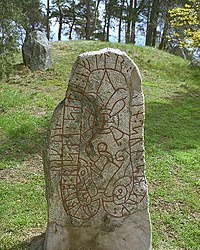
RÖNNEBERGASTENEN.
From Stora Mellösa, Örebro, Närke in Sweden.
It was writen in the late 11th century and found 1961.
How its writen:
: uibug : risti : sitin : efitr : -(u)in : sun : sin : auk :: rikui :
How its said:
Viborg ræisti stæin æftiR [S]væin, sun sinn ok Rikvi.
In swedish:
”Viborg reste stenen efter Sven, sin son och Rikvi.”
In English: "Viborg raised the stone after Sven, his son and Rikvi."
#viking#runes#vikings#viking runes#nordic runes#runor#närke#örebro#norse runes#learn old norse#learn-old-norse
27 notes
·
View notes
Text
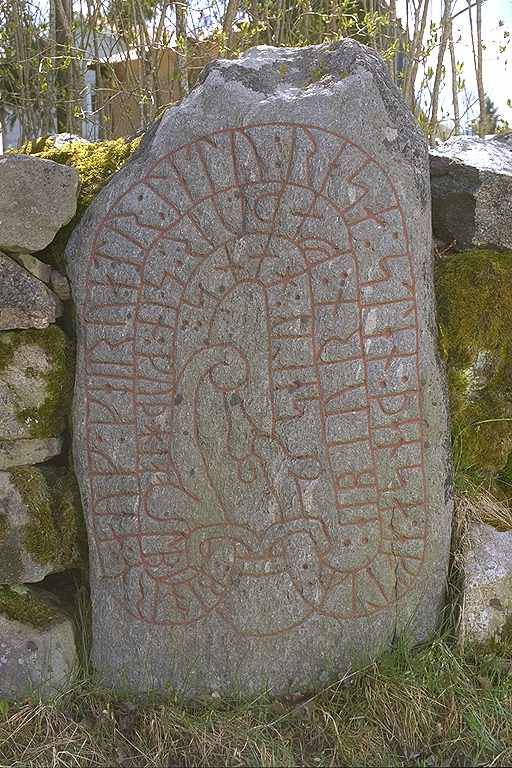
Närkes runinskrifter 11.
How its writen:
biorn : auk : keiruatr : letu : resa : sten : þensa : eftiR :: eibiurn : faþur : sin : kuþ : hialbi selu : hans :,
How its said:
Biorn ok GæiRhvatr letu ræisa stæin þensa æftiR Æibiorn, faður sinn. Guð hialpi selu hans.
In swedish:
”Björn och Gervat läto resa denna sten efter Ebjörn, sin fader. Gud hjälpe hans själ”.
In English:
“Björn and Gervat let rise this stone after Ebjörn, his father. God help his soul. "
So yeah, Björn let rise this stone as to remeber his father Ebjörn. Simular to modern grave stones.
And as you can see this stone from the swedish "province" Närke (my home province) was writen by Christians. Christianity grow fast in scandinavia seens thay were very open to new gods (thay were like: we have so many, can't hurt to add one more). For a long while Jesus was just seen as a new god in Asgard.
It is believed the runes were carved in the 11th century and the rune stone was after that first mentiond in writing in year 1667 in the documents of a local Priest.
#runes#runor#runer#viking#vikings#viking runes#Närke#sverige#sweden#Scandinavia#nordic#norse runes#learn-old-norse#learn old norse
32 notes
·
View notes
Photo

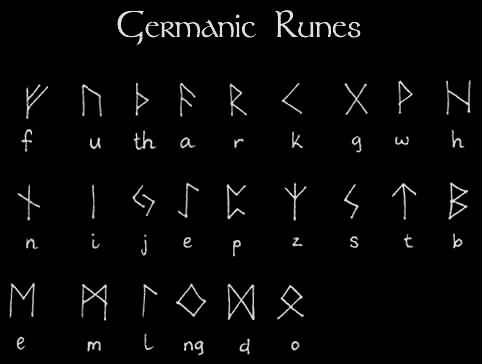


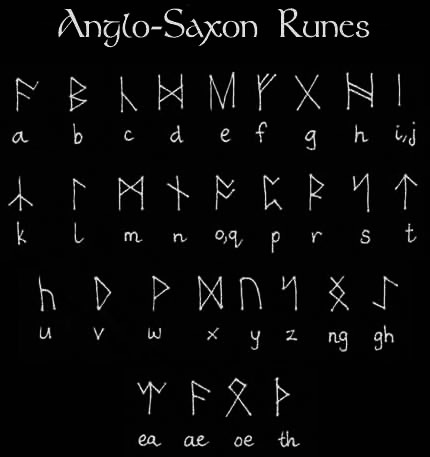





Ancient Alphabets.
Thedan Script - used extensively by Gardnerian Witches
Runic Alphabets - they served for divinatory and ritual purposes, as well as the more practical use; there are three main types of Runes; Germanic, Scandinavian/Norse, and Anglo-Saxon and they each have any number of variations, depending on the region from which they originate
Celtic and Pictish - early Celts and their priests, the Druids, had their own form of alphabet known as “Ogam Bethluisnion”, which was an extremely simple alphabet used more for carving into wood and stone, than for general writing, while Pictish artwork was later adopted by the Celts, especially throughout Ireland
Ceremonial Magick Alphabets - ”Passing the River”, ”Malachim” and ”Celestial” alphabets were used almost exclusively by ceremonial magicians
223K notes
·
View notes
Text
people who dont even care about language: how can you just CHANGE grammar??? add new wORds?? unacceptable!!! language must never change!!!!!11 kids these days cant even spell!!
people who study language: ANARCHY!! ANARCHY!!!! LANGUAGE IS FLUID AND WORDS AREN’T REAL!! change! the! grammar! rules!! burn a dictionary!!! NO ONE CARES!!!!!
142K notes
·
View notes
Photo
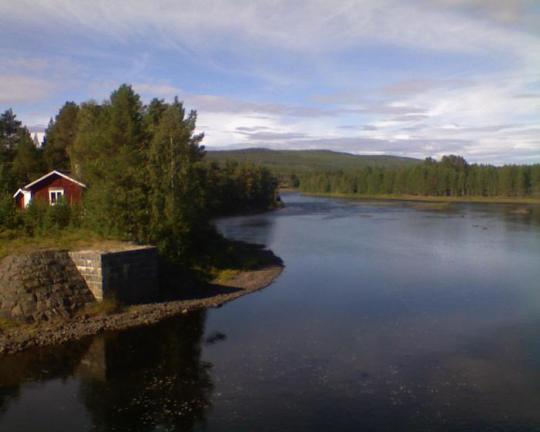

Here People Still Were Using Runes in the 20th Century
In Scandinavia, use of runes ended during the 13th century. In isolated Älvdalen in Sweden, however, inhabitants not only continued using runes but also developed their own language with many Norse elements.
People in Älvdalen (English: the River Valley) used runes as late as the 20th century, so-called Dalecarlian runes. Deep forests and high mountains isolate the valley located in Dalarna County in Central Sweden. The area also has its own language, Elfdalian, still spoken by locals.
In the Nordic countries, runes were the dominant written language before the introduction of Christianity and the Latin alphabet in the 800-900s.
It is know that some places in Gotland and Iceland used runes until the 1600s.
The runes in Älvdalen are found on houses, furniture and the like. They were also carved into wooden sticks that were sent as messages between farms.
Keep reading
2K notes
·
View notes
Text
Hear The Oldest Flute In The World
youtube
In 2008, archaeologists discovered fragments of flutes carved from vulture and mammoth bones at a Stone Age cave site in southern Germany called Hohle Fels. They were carved and played by Homo sapiens. These flutes are ancient, dating back 42,000 to 43,000 years, making them the oldest flutes in the world.
The oldest Homo sapiens flutes, that is. There is at least one flute made by a Neanderthal that is older. Found at a Neanderthal campsite at Divje Babe in northwestern Slovenia, the Neanderthal flute is estimated to be over 43,000 years old and perhaps as much as 80,000 years old.
The video above features Ljuben Dimkaroski, who plays trumpet for the Ljubljana Opera Orchestra, and who helped archaeologists figure out how to play the prehistoric flute. Don’t worry! He is playing a clay replica, not the original.
20K notes
·
View notes
